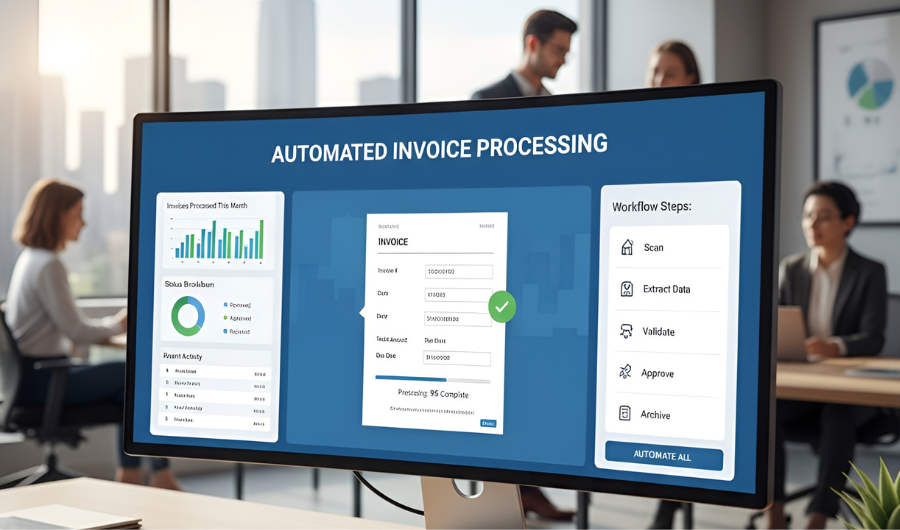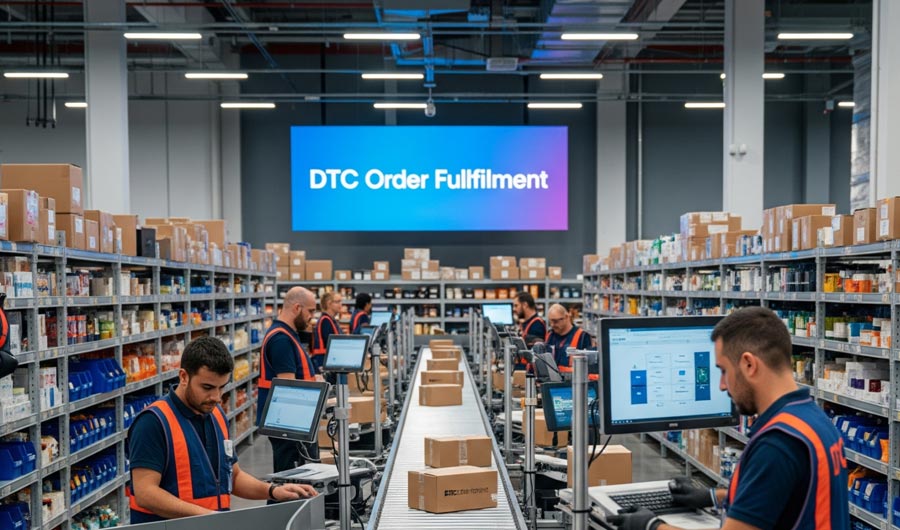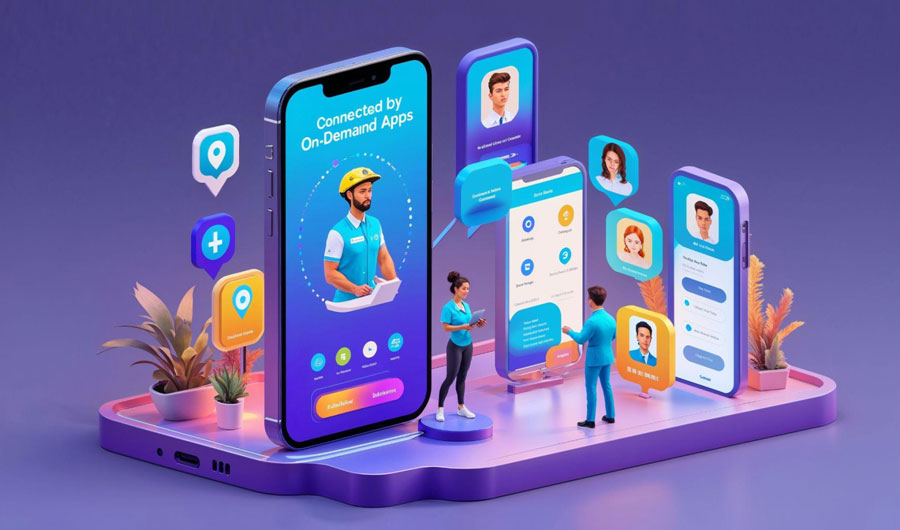
Top Programming Trends to Follow in 2025 and Beyond
The programming paradigm is shifting at a tremendous pace as well due to the progression in technology and the demands of a programming job market. Having such trends can help current developers and businesses to be in line with the changing technological trends concerning the development process. More awareness helps developers to be in a position to match the needed and offered skills with their abilities and associated businesses in order to enhance performance by incorporating new advancement. Some of the areas in which we see this type of change happening include artificial intelligence (AI), cloud computing, automation, etc. This blog post talks about what is expected to appear in the subsequent coming year, the future trends in programming year 2025, the future traits in software development, and how to prepare for it.
Advancements in AI and Machine Learning
AI and ML remain the leading subfields of programming, with even more significant growth in the number of new applications based on AI tools aimed at increasing developers’ efficiency. Sophisticated programming tools like TensorFlow and PyTorch provide the necessary environment for developers to create applications that could easily fit into the field of computer vision or natural language processing, among others. Furthermore, AI-enabled coding tools like GitHub Copilot and ChatGPT assist developers in minimising programmable coding, rendering the whole software development process faster. AI is also used to ensure that a team can conduct software testing and debugging since they are able to be on an agenda when weaknesses are found in the software.
Pursuing a coding bootcamp is an effective way to acquire the skills needed for ML and AI advancements. Bootcamps are very practical and focused on working on real-life projects where they provide an introduction to Python, ML algorithms, and TensorFlow. They offer a framework within which they can develop their data handling skills, training, and testing models and get ready, which is a step for the rapidly growing AI job market. Particularly due to industry-focused training, bootcamps can help learners go from knowing nothing about AI to filling actual AI roles as soon as possible, with minimal stops on the way.
Top Programming Languages Trends in 2024
AI application for development and automation
AI is changing coding in the ways it frees up coders from repetitive work and helps generate code. Examples of such tools include GitHub copilot, which is an AI based on the GPT-3 neural network that completes code snippets, and developers also use AI nursing tools which quickly detect errors. This increases the efficiency of the developer’s work and code quality by changing repetitive, mundane work and automating it. This makes software development effective.
In this paper, newer developments in quantum computing.
Quantum computing is developing rapidly and is going to solve problem that no classical computing machine can do. Specific languages for quantum software development are Qiskit and Microsoft’s Q#, to name two that allow programmers to write quantum algorithms pertinent to cryptography, optimization, and materials science, for example. Quantum hardware has been also gradually progressing, and the knowledge of quantum principles and programming languages will become imperative to solving large computational problems.
Scalable Multilingual and Polyglot Programming
Polyglot programming means that a developer can include in his project elements written in different languages while using the advantages of each of the languages. This approach increase flexibility and developers can use this type of tool to focus on best tool to do specific task. For instance, the use of Python for the data analysis, use of JavaScript for front end development and Go language for back end services will generate better optimized and sustainable software applications.
More on Functional Programming
Haskell is getting more and more popular for its capability to control large systems by means of pure function and referential transparency progeny. AI elementary programming languages, such as Haskell, Scala, some isotherms of JavaScript (React Hooks), feature minimal side effects enhancing the predictability and reliability of the code. This programming style is most helpful when dealing with real-time data processing and concurrent application processes; because it enhances system scalability and maintainability.
Expansion of Edge Computing
Edge computing is the method of performing complex analysis near the data source and hence working in real-time. IoT devices, autonomous systems, AI-based platforms, and complex AR and VR applications depend on it to have intuitive data processing. The programming for such devices as sensors and the like is made with less utilization of power and efficient connection with cloud computers promoting quick decision making and resource utilization.
Low code and No code platforms
Low code and no code solutions enable an organisation to build applications fast through graphical interfaces, bypassing code knowledge. They fast forward the prototyping process, minimize development period, and enable business users. To the professional developers, such platforms support routine tasks hence help them shift their attention to more complex aspects, this increases their efficiency.
Cloud-native systems and serverless technologies
Cloud-native development builds applications that scale with cloud services and are serverless, such as AWS Lambda, which enables code to run without requiring managers. These approaches help to decrease the management of infrastructure, as scaling and costs usually are done autonomously. Docker and Kubernetes, amongst other tools, ensure the microservices architectures are used to deploy and orchestrate the decentralised cloud based applications.
Decision making on cybersecurity issues should be the focus of organizations.
Security has extended its operation to the software development phase where there is much focus on secure coding to counter the increasing threats. DevSecOps incorporates security and other checks simultaneously in the development process in order to consider the evaluation and identification of vulnerabilities at all production phases. Developers ensure that methods for the protection of data include encryption, secure APIs, and methods of authentication. This trend is fundamental to compliance with the Code of Conduct and the development of confidence in ever more digital and interconnected scenarios.
Conclusion
Microblogging trends such as AI-enabled programming, quantum computing and cloud-native architecture will be key determinants in the future technology industry by 2025. To stand the onslaught of these challenges, the only sure way is to attend a software developer bootcamp, which prepares a professional for new challenges with practical demonstration of new tools, languages and practices. These are crash courses that are inclined towards relevant market needs and hence will not take long to adaptable to new technologies. Due to the practical orientation of the bootcamps, graduates are ready to face the continuously changing challenge in the job market, positioning them as strong competitors.






